YIMBY recently sat down with Jerry Pi, of the eponymous Pi Capital Partners, whose principals are comprised of Jerry and his father. From developing affordable and market-rate housing in the Outer Boroughs, to a new skyscraper in Midtown Manhattan just steps from the Empire State Building, the firm’s activities in New York City have been extensive. Today’s interview covers the firm’s origins, the importance of transportation and infrastructure improvements to a functioning Midtown Manhattan, and what may be next in store for Queens, with the imminent completion of both JFK and LaGuardia’s renovations and expansions.
YIMBY in bold.
How did you and your father get into New York City real estate?
My parents immigrated from Asia in the 1970s. My father started off doing merchandise delivery when he first came to this country. He started several businesses, with the two main businesses being photo film processing and bakery restaurants. I was born in The Bronx and began working at eight years old in the film manufacturing plants, and then worked as a bus boy at our bakery restaurants.
We both started in real estate in different ways. My father started buying, renovating, and flipping one-to-four family homes in Queens. My father is the visionary and acquirer. He bought a bunch of our commercial properties during the 1990s real estate crash. I started my real estate career doing distressed SFR and condo properties. I would acquire, renovate, and refinance the assets. We are both similar in that we view real estate as long-term, patient assets. We are cash flow disciples; if the property ultimately cannot provide stable cash flows, we will not consider the asset.
How has your real estate company been impacted by the changes of 2020, and have you noticed any differentials between the various sub-markets in which you operate?
When the crisis broke out, it was crucial to be pro-active and take the leadership mantle. No one in my company was going to lose their job, and it was so important for staff to understand my unconditional confidence in survival. I told everyone to work from home, stay healthy, and we transitioned our entire business operation to a digital remote work environment. In addition, I had another duty to tell our residential tenants that we would not be evicting anyone during the crisis. We are not putting tenants out in the streets. Despite how the mainstream politicians and media outlets paint us landlords, we are also empathetic and compassionate for our fellow citizens. Our tenants love our apartments and the living community we create, and understand my staff are essential workers. We work our hardest to provide the best service, quality and value for their homes.
My vacancies are 5-7% and rent collections are once again approaching February levels. Queens real estate has stabilized and had a remarkable recovery. Manhattan has been much softer but we have kept all our Manhattan rentals occupied. The weakest real estate sector has been office and retail.
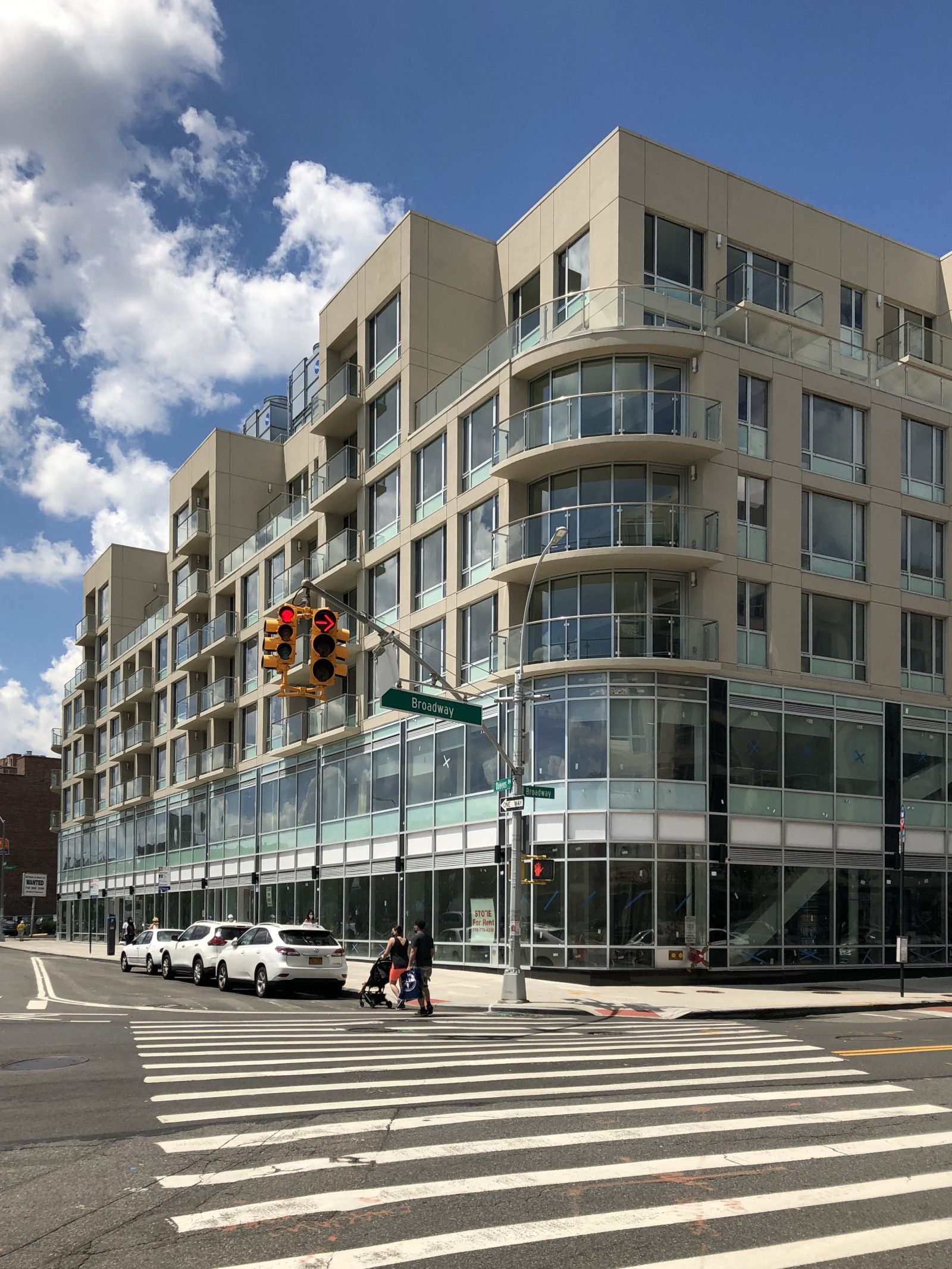
Elm West. Photo by Michael Young
What developments are you working on at the moment?
We have several projects in the pipeline. We just go the TCO for Elm West and we are in the lease-up phase for 142 apartments there. That lease-up has been very, very strong. We leased 25% of the apartments in the first month and I am pushing to get the building fully leased in six months. We handle that leasing in-house, which makes decision-making much quicker. We have a renovation project down in Chinatown. It will be a large overhaul of the retail storefront and commercial portions. The Elm South at 86-15 Queens Boulevard is going to be an affordable housing rental with 144-apartments and over 132,000 sf of mixed-use. We also have 335 Fifth Avenue, going through the DOB process. This is also be an 83-unit rental project that is needed to rebuild Midtown Manhattan.
How are you financing developments at the moment?
We are fortunate to have the balance sheet and assets to self-finance our projects. My father and myself are not in the mood to carry our partners financially in the project. We have both worked with other partners before and it is not fun. In real estate development, there are cost overruns and constant delays. By self-financing projects, if there are cost overruns, we bear the responsibilities for the cost overruns. With partners, most of them don’t have the money or don’t want to come up with the money. As mentioned, we are not other people’s piggy bank, we can finance our own projects.
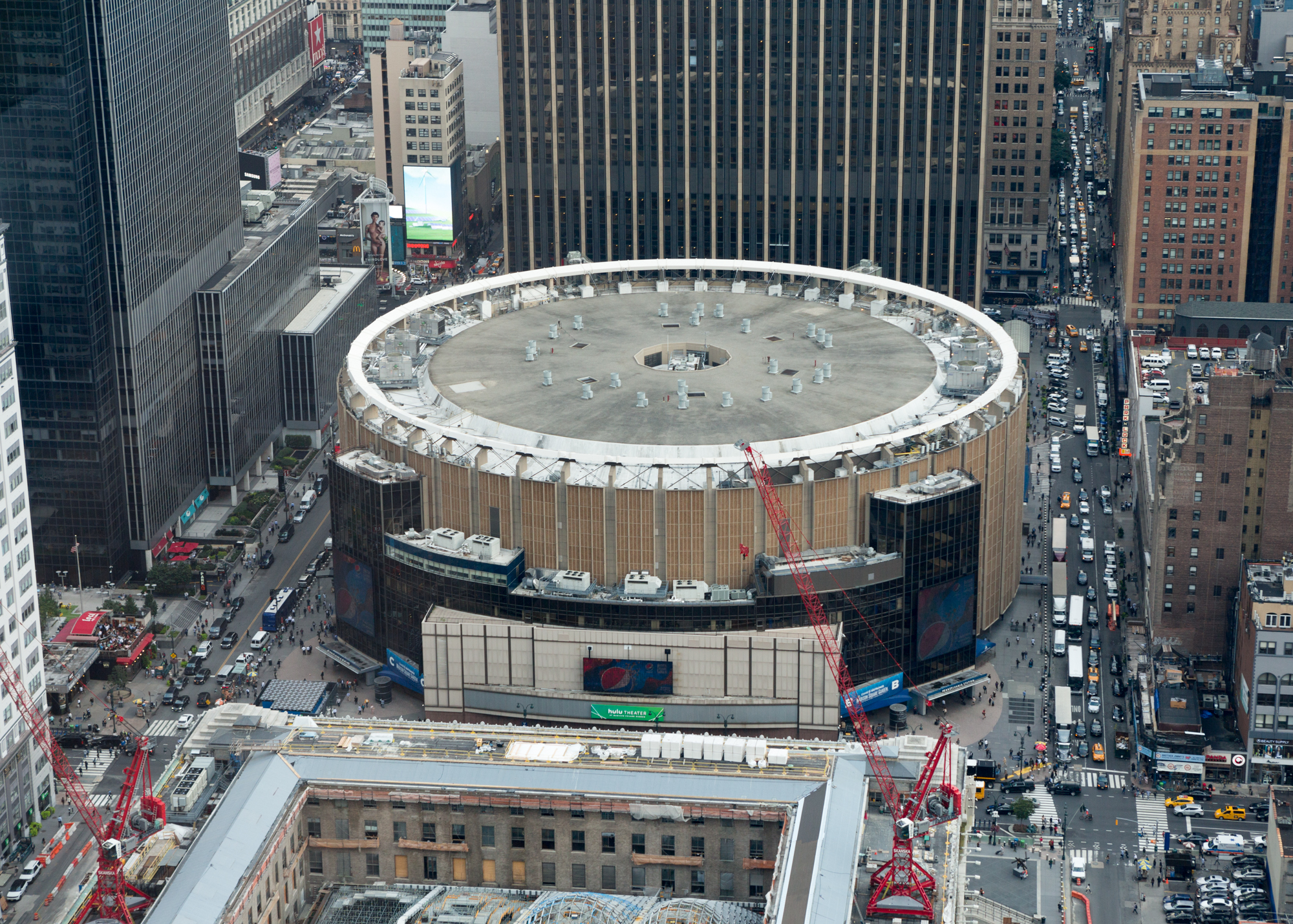
Madison Square Garden from One Manhattan West, image by Andrew Campbell Nelson
Do you think Madison Square Garden will remain extant in its current configuration for the foreseeable future, or is change finally on the horizon?
For the near-term, MSG will remain in its configuration. We are awaiting the redevelopment of the new Vornado Moynihan station. That project would be ground-breaking and we feel that once that project is complete, the entire area will begin to slowly change.

Rendering of Macy’s office tower by FXCollaborative
Several new office supertalls, or near-supertalls, have also been proposed recently in the vicinity, like the Macy’s Tower. What are the short and mid-term prospects for a neighborhood of hotels and retail, and should the city remove the FAR cap for residential development in areas like Midtown?
The big thing we see is that the Herald Square/Penn Station and Koreatown areas will be the next areas to be re-developed. Much like how the Financial District was repositioned into a Live, Work and Play environment after 9/11; the Midtown area will be completely revamped after the current crisis abates. Many landlords, including us, are taking the opportunity this downturn to re-position our Midtown buildings. Some older hotels and office buildings will be repositioned into new apartment rentals and some larger projects will be built with new work environments. The FAR cap should be removed but we do not see it in the cards as City Planning and the government take a very long time in getting things done.
What do you see as the future for major Midtown retail spaces — renovation and refurbishment, or demolition and replacement?
I see new retail concepts coming in. Traditional restaurants will be now considering open space, outdoor dining and more “spacing” concepts. So of the four ideas you placed, I would choose replacement as the most likely move.
What infrastructure and transit improvements do you think would be most beneficial to Midtown Manhattan?
The easiest transit improvement that would benefit Midtown Manhattan is to clean up the area and make people feel safe. The city has been overrun by homelessness, crime, and lawlessness. It is the simplest way to improve the transportation infrastructure: make the area safe and clean and people will come back.
Besides 335 Fifth Avenue, your Queens projects typify much of the new development in the outer boroughs. Is new moderately-scaled infill a strong point and bright spot for New York City’s residential market?
Yes, our new modern, affordable housing projects attract work force talent. This is crucial to ensuring NYC retains its status as the financial, technological and cultural capital of the world.
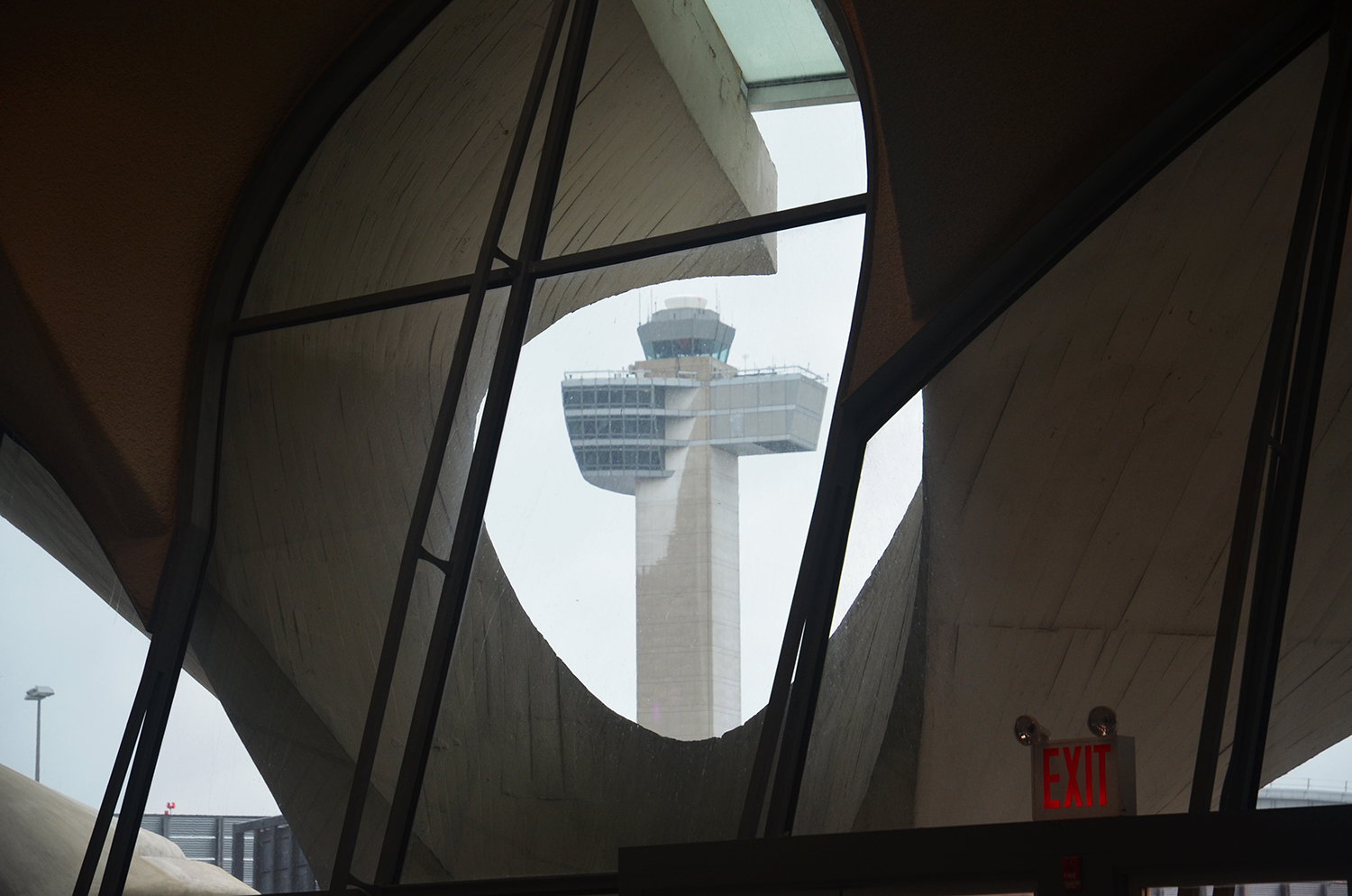
The JFK control tower as seen from the TWA Flight Center in October 2014. Photograph by Evan Bindelglass.
Queens’ Central Business Districts like Flushing and Elmhurst have already been booming for years. Do you see the upcoming completion of expansion and improvement projects to LaGuardia and JFK resulting in an even faster pace of growth?
Queens has been remarkably stable throughout this pandemic. People are beginning to see the combination of open space, cultural diversity, world-class culinary scene and incredible value make it attractive and open for all visitors coming into NYC. The completion of the new LGA/JFK airports will only make Queens an even more desirable place for people to work and live.
Subscribe to YIMBY’s daily e-mail
Follow YIMBYgram for real-time photo updates
Like YIMBY on Facebook
Follow YIMBY’s Twitter for the latest in YIMBYnews

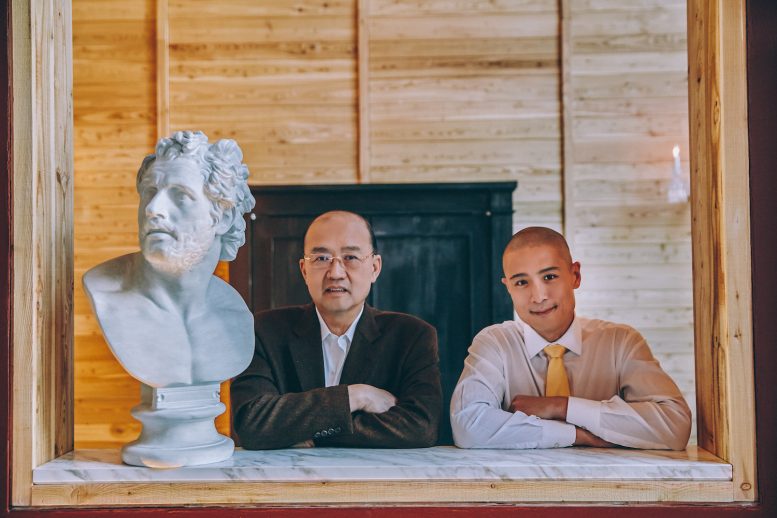
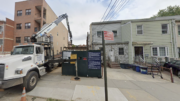
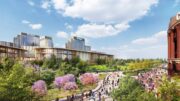


Cool.
I like Jerry Pi’s optimism. But a key way to ensure some of his optimism is for most employees to return to their office buildings. However, the way he speaks here, regarding his OWN staff, it sounds like he’s keeping them working at home. Not a good thing for the economic health of the city.
Giving workers a little extra flexibility in a crisis is usually the right choice.
Agree with that. Forcing workers back into their offices is not going to make things better in the short term until the pandemic is behind us.